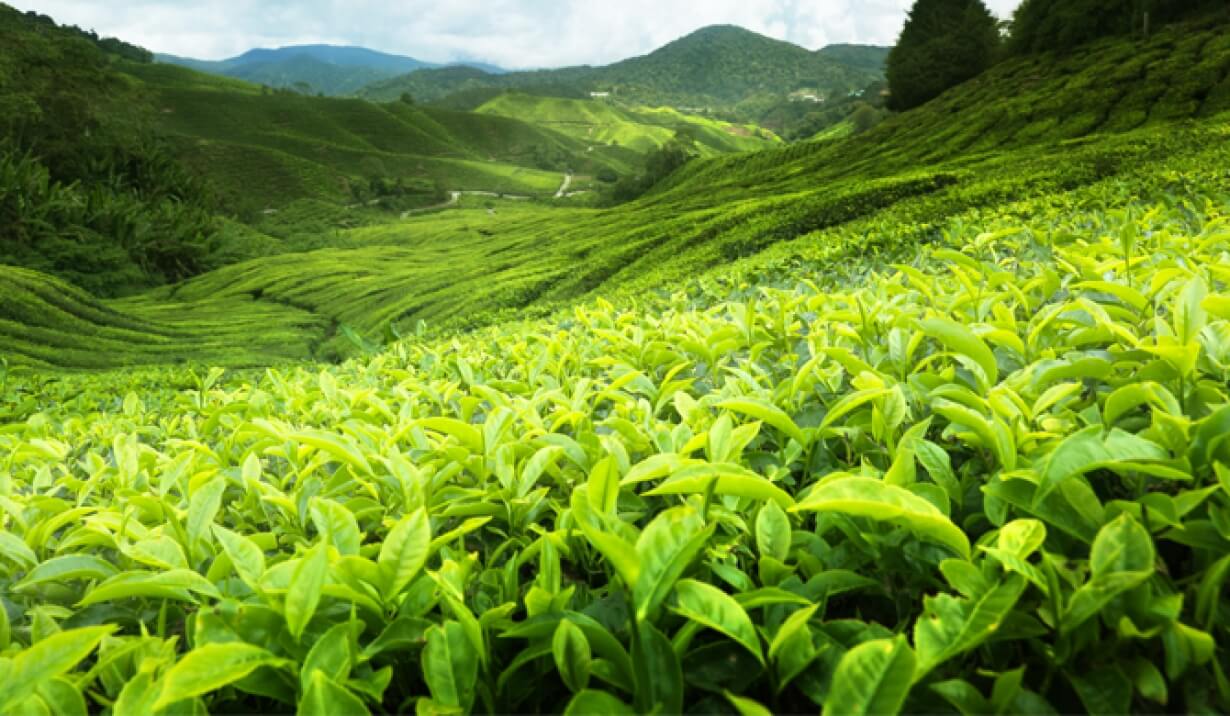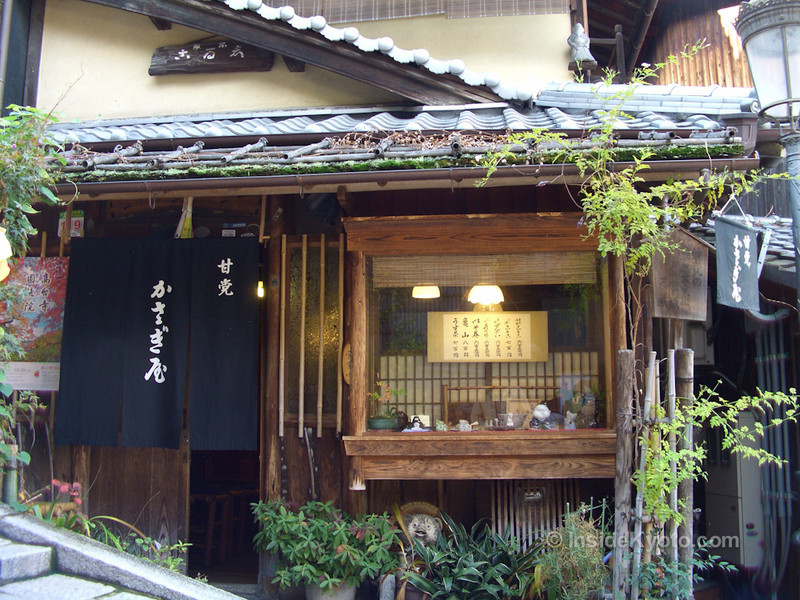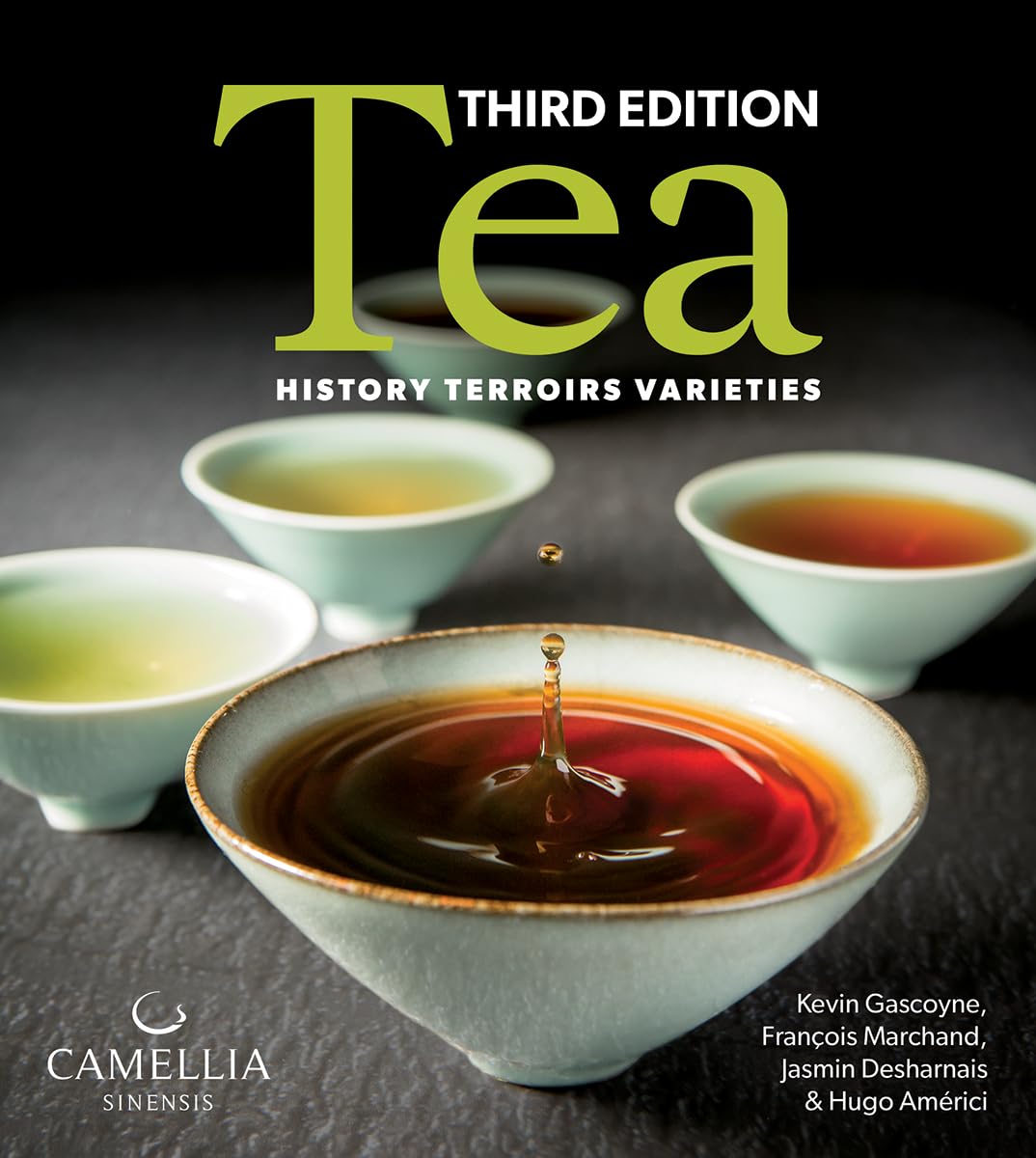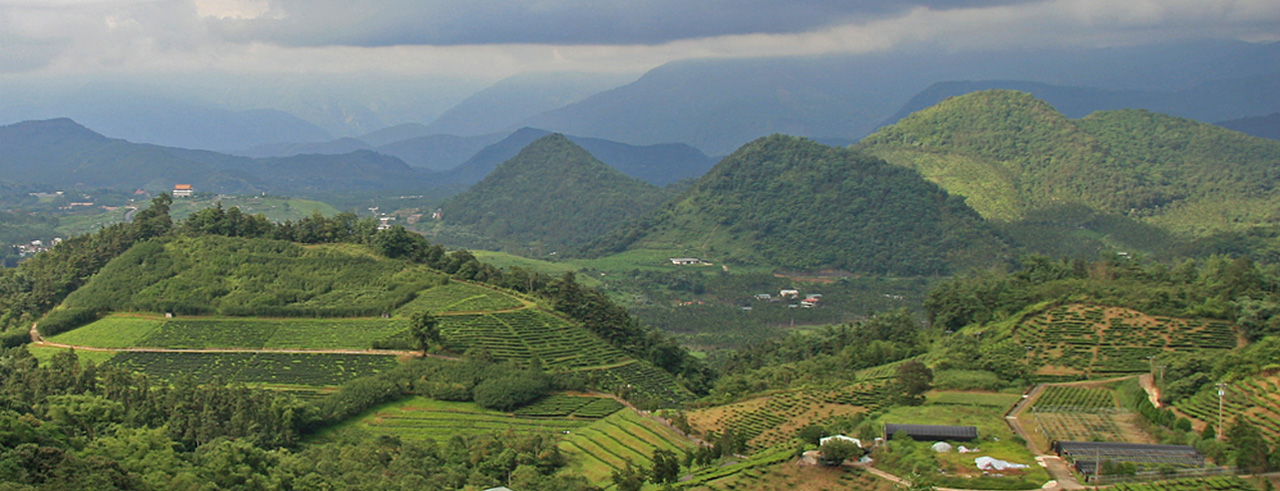Kagoshima, located in Japan’s southern Kyushu Island, is a premier tea-growing region known for its rich history, diverse terroir, and exceptional tea production. As Japan’s second-largest tea-producing prefecture, Kagoshima is celebrated for its distinctive teas, including the highly sought-after Shincha, the first harvest of the spring season. With a combination of fertile volcanic soil, innovative farming practices, and an enviable climate, Kagoshima tea stands out as a unique expression of Japanese tea culture.
A Landscape Shaped by Nature
Kagoshima’s tea fields are set against a dramatic backdrop of mountains, open plains, and the ever-present Sakurajima volcano. This active volcano plays an integral role in the region’s tea cultivation. While Sakurajima periodically coats the area in fine volcanic ash, this natural phenomenon enriches the soil, contributing essential minerals that enhance the flavor profile of the tea.
The prefecture’s geography spans two peninsulas, Satsuma and Osumi, and includes nearly 200 smaller islands. Cool breezes from the ocean and Kagoshima Bay sweep through the tea gardens, moderating temperatures and creating ideal growing conditions. This harmonious interplay of natural elements produces teas with a distinctive flavor, rich aroma, and full-bodied character.
Unique Cultivation Practices
Kagoshima tea farming combines tradition with innovation. The region is known for its expansive tea gardens, where rows of neatly pruned bushes stretch across the landscape like a lush green quilt. Many of these gardens employ shading techniques that are uncommon in other parts of Japan.
- Shaded Tea Cultivation: Most Kagoshima sencha teas are shaded for about one week before harvest, while teas marketed as kabusecha (fully shaded tea) are shaded for two weeks. This shading practice alters the chlorophyll balance in the leaves, increasing their amino acid content and resulting in a sweeter, umami-rich flavor. While shading is typically reserved for Gyokuro or matcha leaf in other regions, Kagoshima’s widespread use of this method gives its sencha teas a unique and notable profile.
- Mechanical Harvesting: In the flatland farming areas of Kagoshima, large-scale operations use riding-cutting machines to harvest tea efficiently. These machines glide over the rows of tea bushes, trimming the fresh leaves quickly and precisely. This approach contrasts with the hand-held cutters used in smaller operations or traditional hand-picking methods, which are reserved for more artisanal teas.
Distinctive Production Zones
Kagoshima is home to three main tea production zones, each with its own characteristics and contributions to the region’s tea diversity:
- Warm/Early Zone: Along the southern coast, this area benefits from the region’s warmest climate. It is the first to bring Hashiri Shincha—the earliest spring tea—to market. These teas are prized for their freshness and vibrancy, embodying the spirit of the season.
- Flatland Farming Zone: Located in south-central Kagoshima, this zone is characterized by expansive tea fields and large-scale production. Here, the mechanized harvesting techniques shine, allowing for efficient processing and consistent quality across larger outputs.
- Foothills and Mountain Zone: In the north-central part of Kagoshima, cooler temperatures and diverse microclimates create ideal conditions for smaller, more individual tea gardens. These gardens, nestled in mountain valleys and river basins, produce teas with refined flavors that reflect the distinct terroir of the region.
The Character of Kagoshima Tea
Kagoshima teas are celebrated for their bold, full-bodied flavors and enticing aromas. The combination of fertile volcanic soil, abundant sunshine, and shading techniques gives these teas a depth of flavor that is both rich and crisp. The diversity of tea bush cultivars grown in Kagoshima further enhances its teas’ unique characteristics, offering a broad spectrum of tastes to explore.
Kagoshima’s Contribution to Japanese Tea Culture
Despite its prominence in Japan, Kagoshima tea remains less well-known outside the country. Yet its innovative practices and exceptional teas make it a vital part of Japan’s tea heritage. Whether you’re savoring the vibrant freshness of Shincha or exploring the nuanced flavors of kabusecha, Kagoshima tea offers a journey into a region where nature and tradition combine to create something truly extraordinary.
For tea lovers, Kagoshima is a testament to the art and science of tea cultivation—an ever-evolving landscape of flavor, sustainability, and cultural pride.






